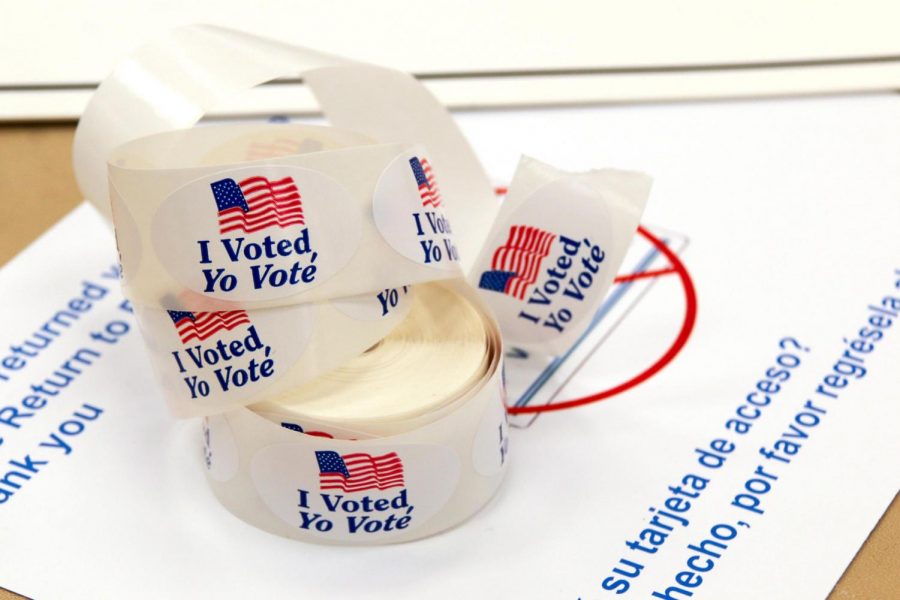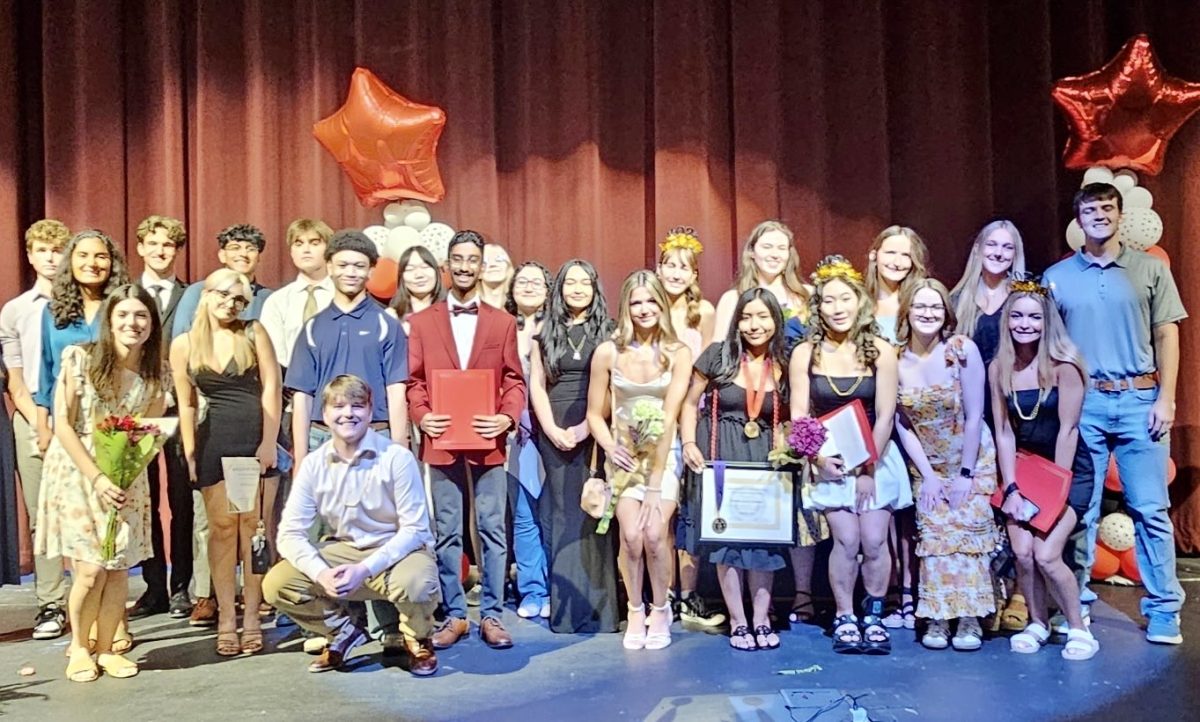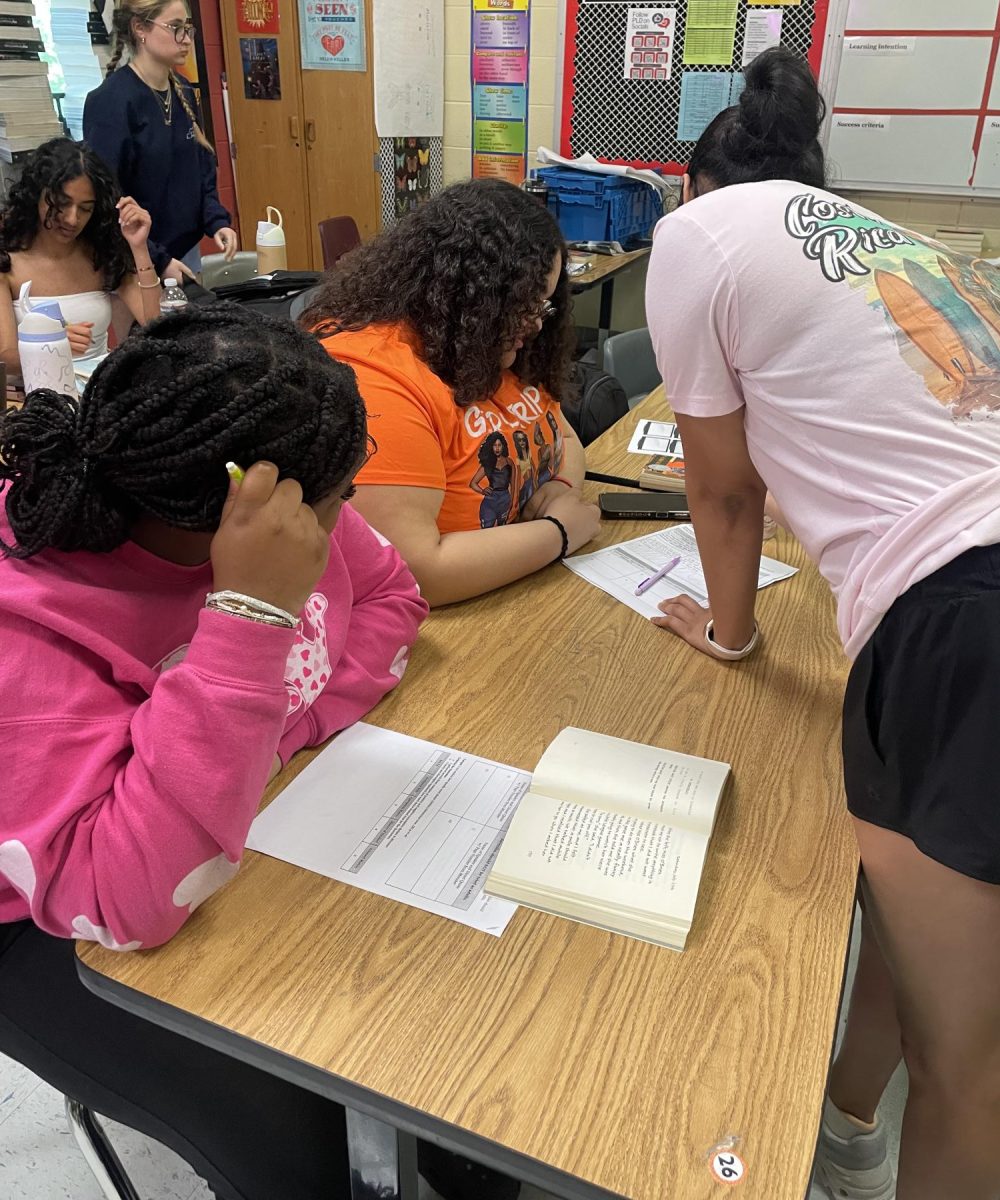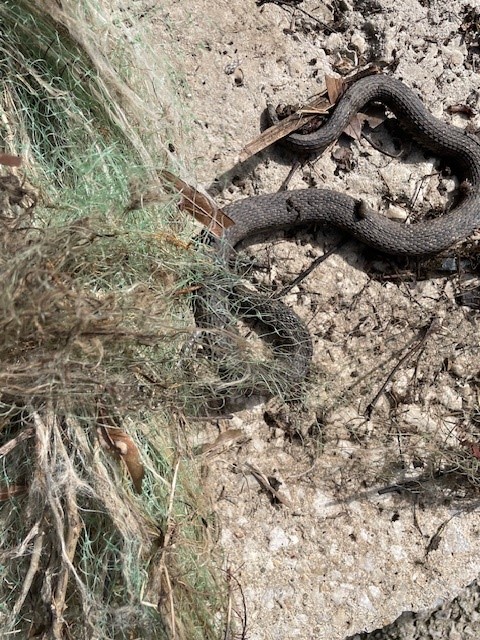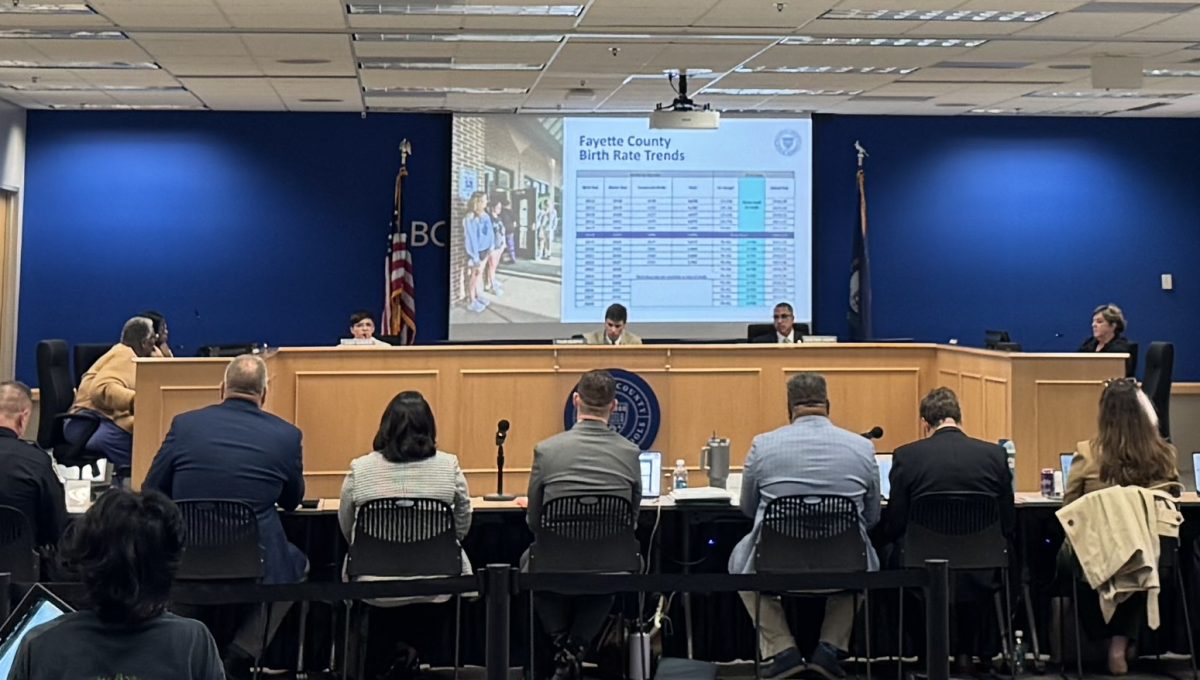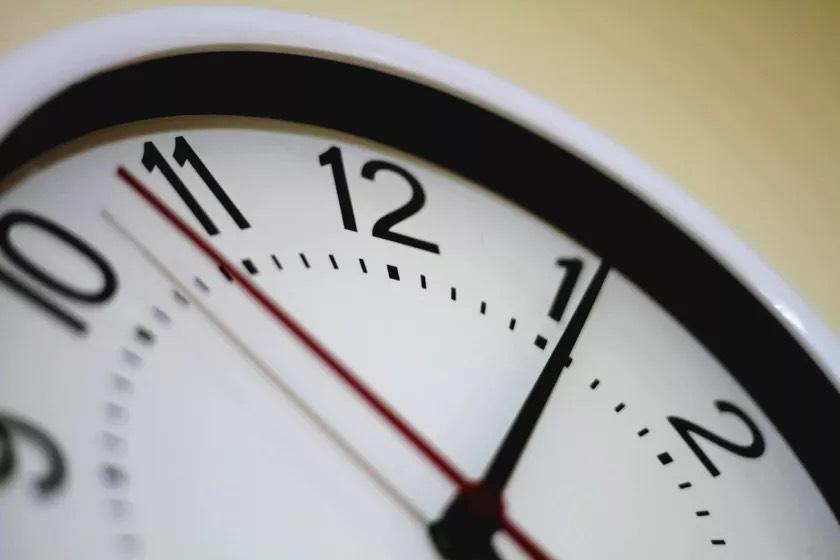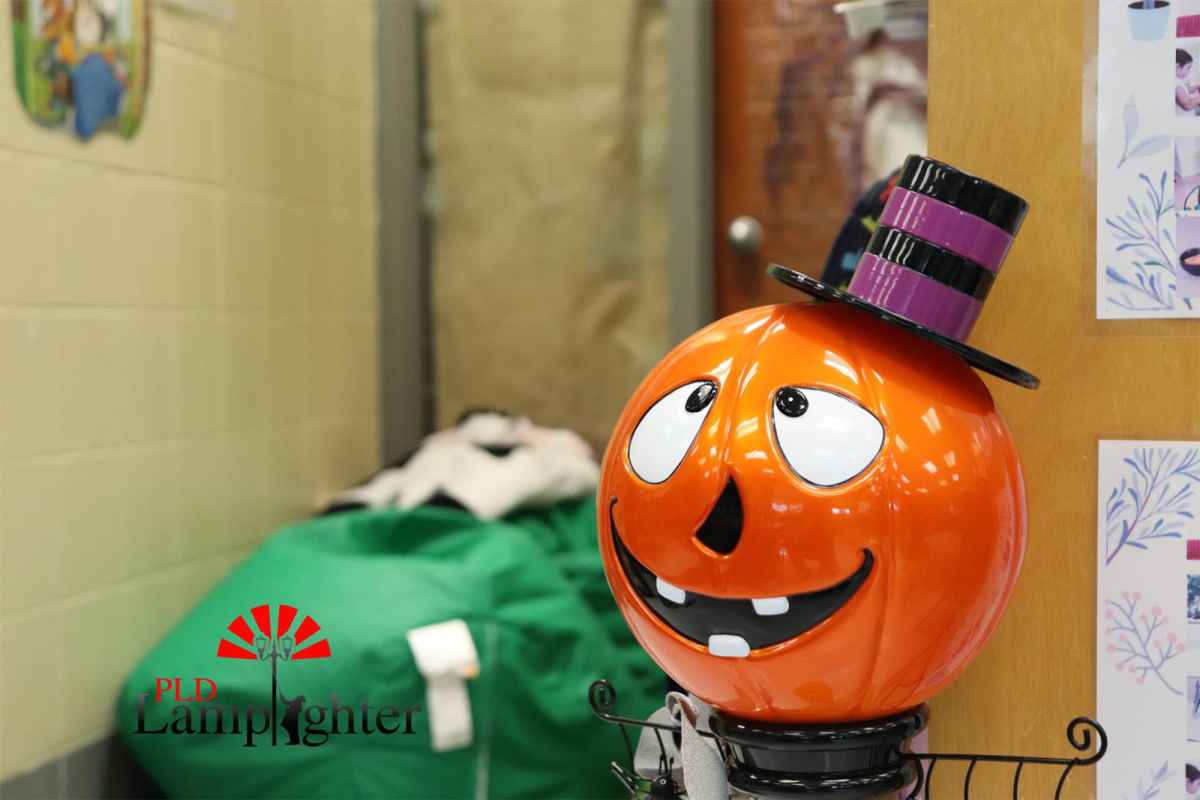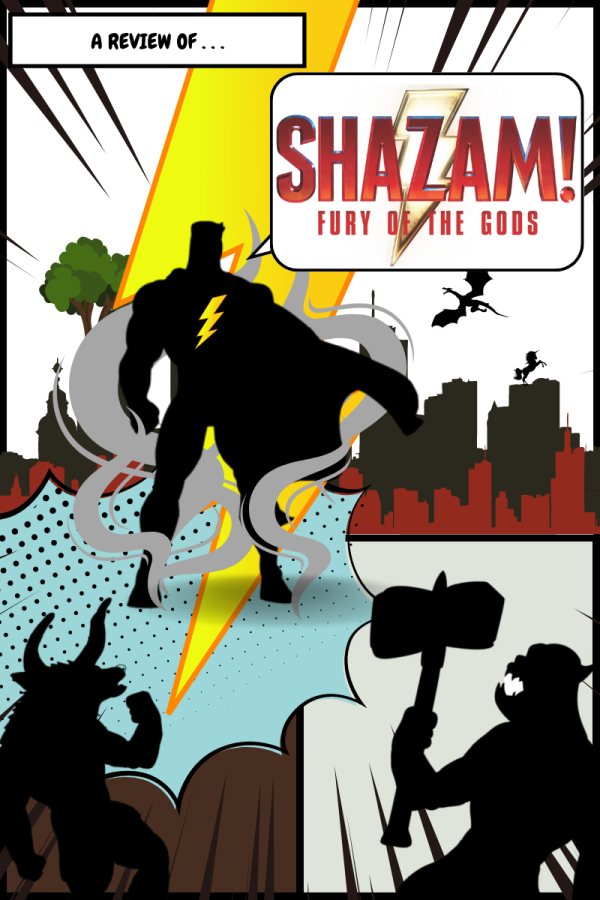The History of Groundhog Day
Will they see their shadow?
Everyone knows about Groundhog Day. It is seen as a fun holiday where the rodent with the weather powers tells us how cold it’ll be for the next couple of weeks, but nobody really thinks about its origins.
The origins of Groundhog Day can be found in Imbolc, a Celtic festival celebrating the transition from winter to spring. Imbolc is celebrated alongside Candlemas, a Christian holiday where candles are brought to a church to be blessed, bringing light and warmth to the home during the wintertime. Eventually, Imbolc and Candlemas traditions combined and were adopted by other cultures.
In Germany’s Candlemas celebration, small hibernating animals were brought in such as badgers and were said to be able to predict the weather. If a badger emerged and saw its shadow, there would be 6 more weeks of winter, but if the badger didn’t see any shadow, Spring comes early.
When German immigrants moved to America, the tradition of Candlemas was brought with them, but different animals instead of badgers were used. This where groundhogs came in.
On February 2nd, 1886, Groundhog Day was officially founded by Clymer Freas, an editor on The Punxsutawney Spirit.
“Today is Groundhog Day and up to the time of going to press the beast has not seen its shadow,” Freas said.
The next year, people started traveling to Gobbler’s Knob, where Punxsutawney Phil resides, and the tradition began.
Today, Phil is said to be over 100 years old, and the groundhog festivities draw many people to the small town. Around 40,00 people attend the event every year.
There’s definitely been a lot of changes to tradition making it more modernized. If someone is unable to make the trip to Punxsutawney, they could text “groundhog” to 247365 and get Phil’s weather prediction for the year.

I'm Ella and I joined PLD Lamplighter as a freshman. This is my fourth year on staff. I have worked on editing and producing segments for WPLD, writing...





